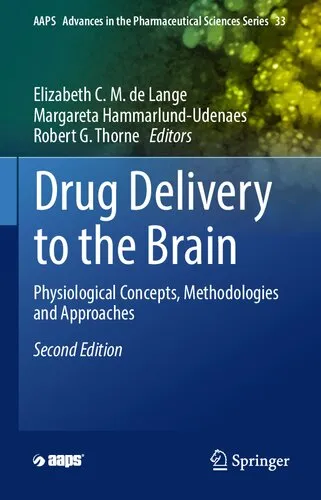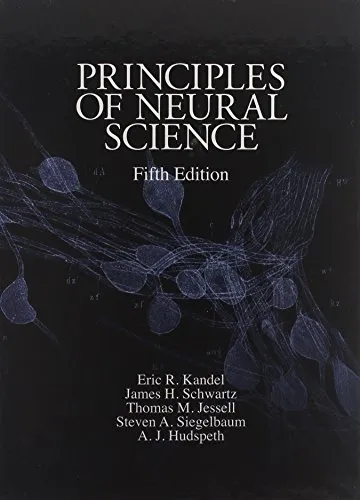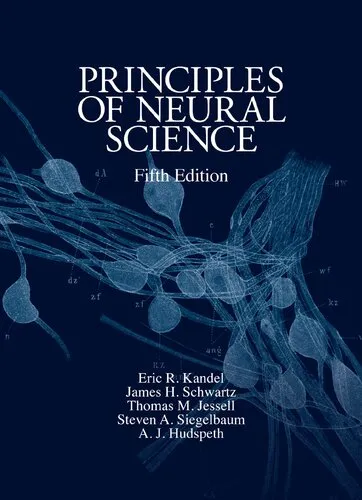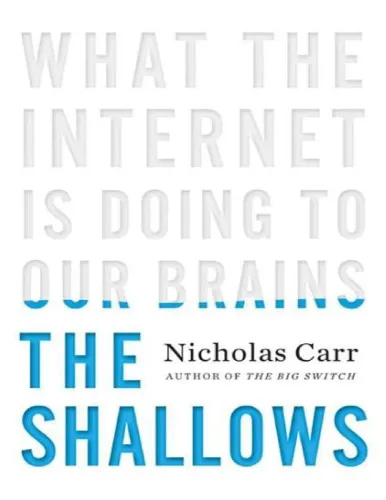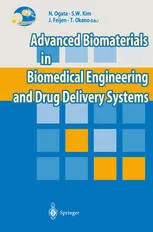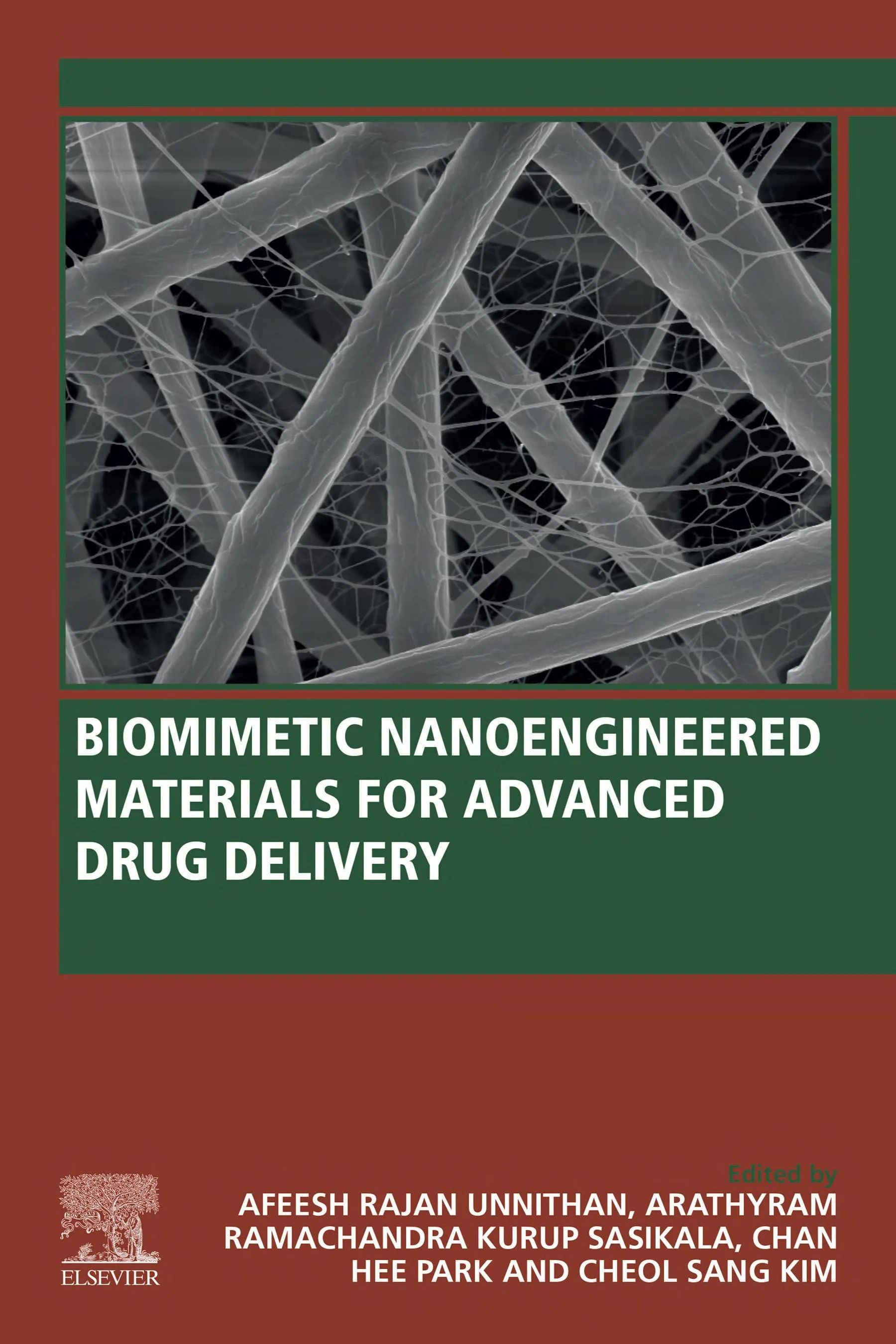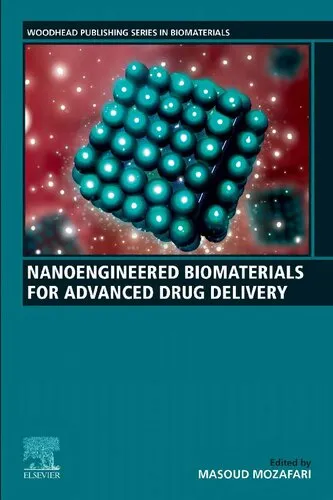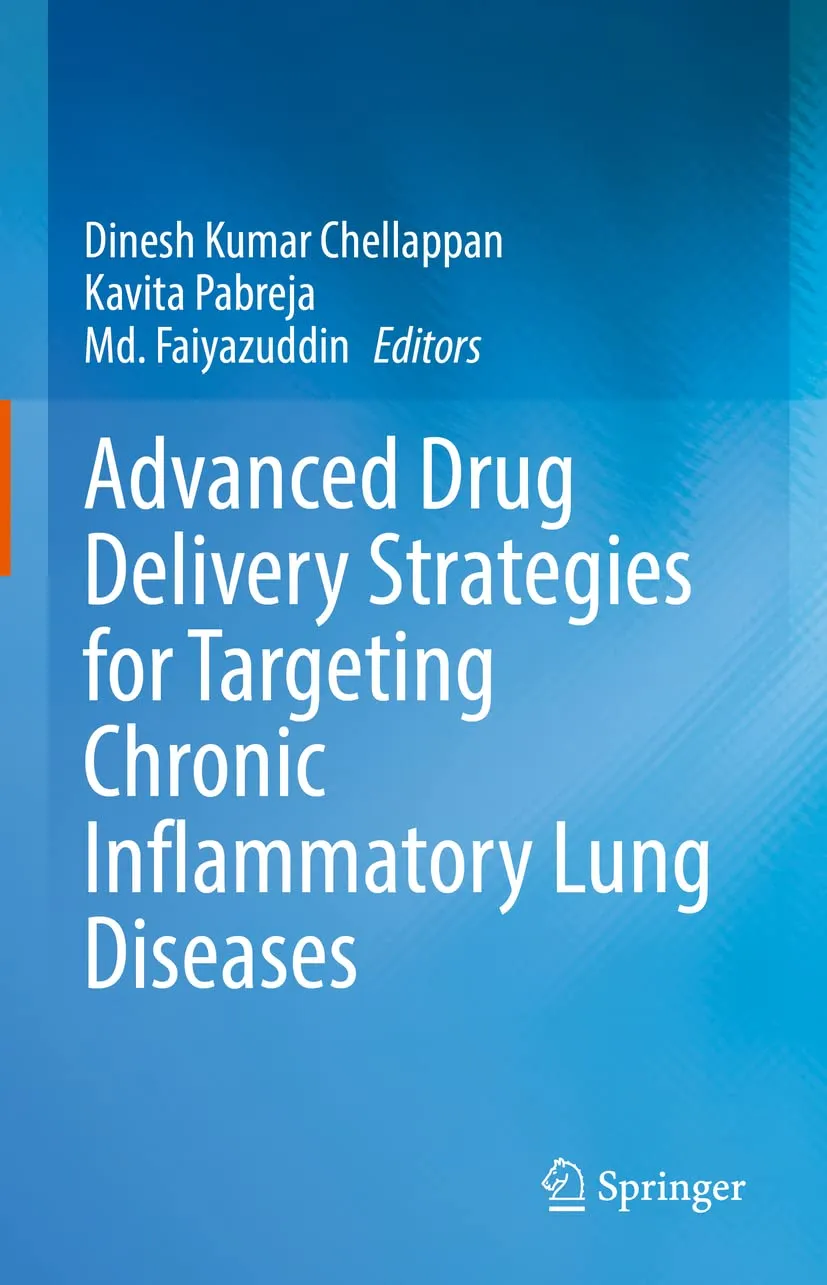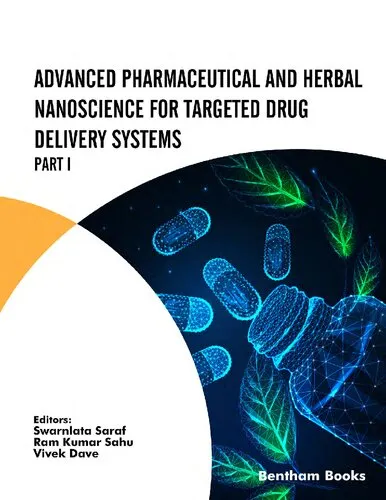Drug Delivery to the Brain: Physiological Concepts, Methodologies and Approaches (AAPS Advances in the Pharmaceutical Sciences Series, 33)
4.5
Reviews from our users

You Can Ask your questions from this book's AI after Login
Each download or ask from book AI costs 2 points. To earn more free points, please visit the Points Guide Page and complete some valuable actions.Related Refrences:
Introduction
"Drug Delivery to the Brain: Physiological Concepts, Methodologies and Approaches" is a seminal contribution to the ever-evolving field of neuropharmacology and drug delivery systems. Part of the prestigious AAPS Advances in the Pharmaceutical Sciences Series, Volume 33 of this series delves deep into the complexities of delivering therapeutic agents to one of the most challenging and poorly accessible organs in the body: the brain. The editors—Elizabeth C.M. de Lange, Margareta Hammarlund-Udenaes, and Robert G. Thorne—bring together decades of expertise to compile a comprehensive guide for researchers, clinicians, and pharmaceutical scientists who are striving to overcome the barriers imposed by the blood-brain barrier (BBB) and enhance therapeutic outcomes for central nervous system (CNS) disorders.
This book offers a multidisciplinary perspective, combining physiological concepts with advanced methodologies and novel approaches that are shaping the future of brain drug delivery. Covering a spectrum of topics ranging from the nuances of BBB permeability to cutting-edge nanoparticle systems and transport mechanisms, this volume ensures readers are well-equipped to tackle one of medicine’s greatest challenges—treating diseases of the brain effectively and safely. Whether you are a pharmaceutical scientist, neuroscientist, or medical professional, this book serves as an essential resource for broadening your understanding of brain-targeted drug delivery.
Detailed Summary of the Book
The book begins with a foundational overview of the physiological and anatomical barriers that hinder effective drug delivery to the brain, particularly the blood-brain barrier (BBB) and blood-cerebrospinal fluid barriers. Understanding these barriers provides the context necessary for subsequent discussions on how modern science is working to circumvent these constraints. The editors and contributors then explore a host of strategies, from exploiting transporter proteins and receptor-mediated endocytosis to physically disrupting the BBB under controlled conditions.
The next section of the book highlights methodologies and technologies that have emerged to enhance our ability to deliver drugs across the BBB. These include advanced imaging techniques, in vitro and in vivo models, and computational simulations. Insights into microdialysis, pharmacokinetic models, and biodistribution studies expand the reader’s grasp on the techniques used to measure drug delivery success in a clinical and preclinical setting.
Later chapters focus on the development of innovative therapeutic agents and delivery systems. Topics such as nanoparticle-based formulations, liposomes, and polymeric carriers are explored in-depth. Moreover, the book discusses the exciting potential of gene therapy, monoclonal antibodies, and other biologics in treating CNS disorders. Importantly, these sections bridge the gap between theoretical knowledge and its practical applications, ensuring that the material is both informative and actionable.
Finally, the book addresses the regulatory and translational challenges associated with brain drug delivery. It provides a candid outlook on the future of the field and the steps required to bring these advanced methodologies to the bedside. The ultimate goal is clear: to facilitate better treatments for neurological and psychiatric conditions while minimizing risks to patients.
Key Takeaways
- The blood-brain barrier remains a formidable challenge in delivering therapeutic agents to the CNS, but innovative approaches are breaking through this barrier.
- Advanced techniques such as imaging, microdialysis, and computational modeling are critical tools in evaluating and optimizing brain drug delivery systems.
- Nanotechnology-based delivery systems, including liposomes and nanoparticles, hold significant promise for targeting brain-specific cells while reducing systemic side effects.
- Developing effective therapies for CNS diseases requires a multidisciplinary approach that bridges pharmacology, neuroscience, and bioengineering.
- Regulatory pathways and translational hurdles must be thoughtfully navigated to ensure novel therapies for CNS disorders reach clinical practice successfully.
Famous Quotes From the Book
"Understanding the intricacies of the blood-brain barrier is not just an academic exercise but a prerequisite for developing effective therapies for some of the most devastating human diseases."
"Nanoparticle drug delivery systems are not the future—they are already changing the landscape of CNS therapy today."
Why This Book Matters
As rates of neurological and psychiatric disorders escalate globally, finding effective therapeutic interventions has become a priority for medical researchers and healthcare systems alike. Disorders such as Alzheimer’s disease, Parkinson's disease, brain tumors, and epilepsy impose a significant burden on patients, families, and society. This book addresses one of the core challenges in treating these conditions—the delivery of drugs to the brain—by demystifying complex physiological barriers and exploring state-of-the-art solutions.
In providing both fundamental knowledge and applied methodologies, the book empowers researchers and clinicians to think beyond the conventional and embrace innovative approaches to drug delivery. Its multidisciplinary insights reflect the collaborative spirit required to solve the pressing problems in CNS therapy. Whether you are a seasoned professional or new to the field, this volume is a beacon of knowledge that charts the path forward in one of medicine’s most exciting arenas.
Free Direct Download
You Can Download this book after Login
Accessing books through legal platforms and public libraries not only supports the rights of authors and publishers but also contributes to the sustainability of reading culture. Before downloading, please take a moment to consider these options.
Find this book on other platforms:
WorldCat helps you find books in libraries worldwide.
See ratings, reviews, and discussions on Goodreads.
Find and buy rare or used books on AbeBooks.
1226
بازدید4.5
امتیاز0
نظر98%
رضایتReviews:
4.5
Based on 0 users review
Questions & Answers
Ask questions about this book or help others by answering
No questions yet. Be the first to ask!
